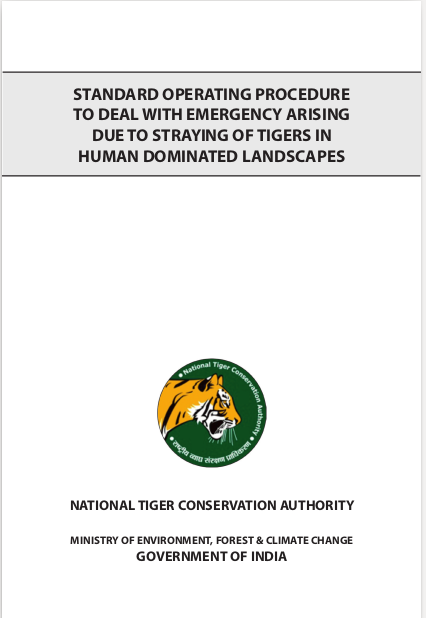Human Wildlife Negative (HWN) interactions have been invogue since time memorial. As apex predators having large home range requirements for sustenance, tigers often come into conflict with people. Predation of livestock and attacks on human being has led to a negative perception about tigers with potential to affect the tiger conservation. The negative interaction between tiger and human beings can also threaten the very existence of Tiger. The extinction of Bali tiger (Panthera tigris balica), Javan tiger (Panthera tigris sondaica) and Caspian tiger (Panthera tigris virgata) was hastened by the HWN among other factors.
In the Indian context, tigers are distributed in isolated meta-populations that are embedded in landscapes comprising of protected areas, agricultural areas, urban areas and multiple use forests. Often the tiger conflict events are restricted to the peripheral areas / edges of tiger reserves and protected areas which makes it a localized management problem.
For managing the emergency situation arising from the straying of tigers in human dominated landscape, the National Tiger Conservation Authority has formulated a Standard Operating Procedure (SOP). The SOP covers details of activities to be carried out for managing the conflict situation such as constitution of day to day monitoring committee, collection of evidences for identifying the problematic animal, immobilization procedure and proactive measurse to be followed.

For more information on other SOPs issued by NTCA please visit this page.
